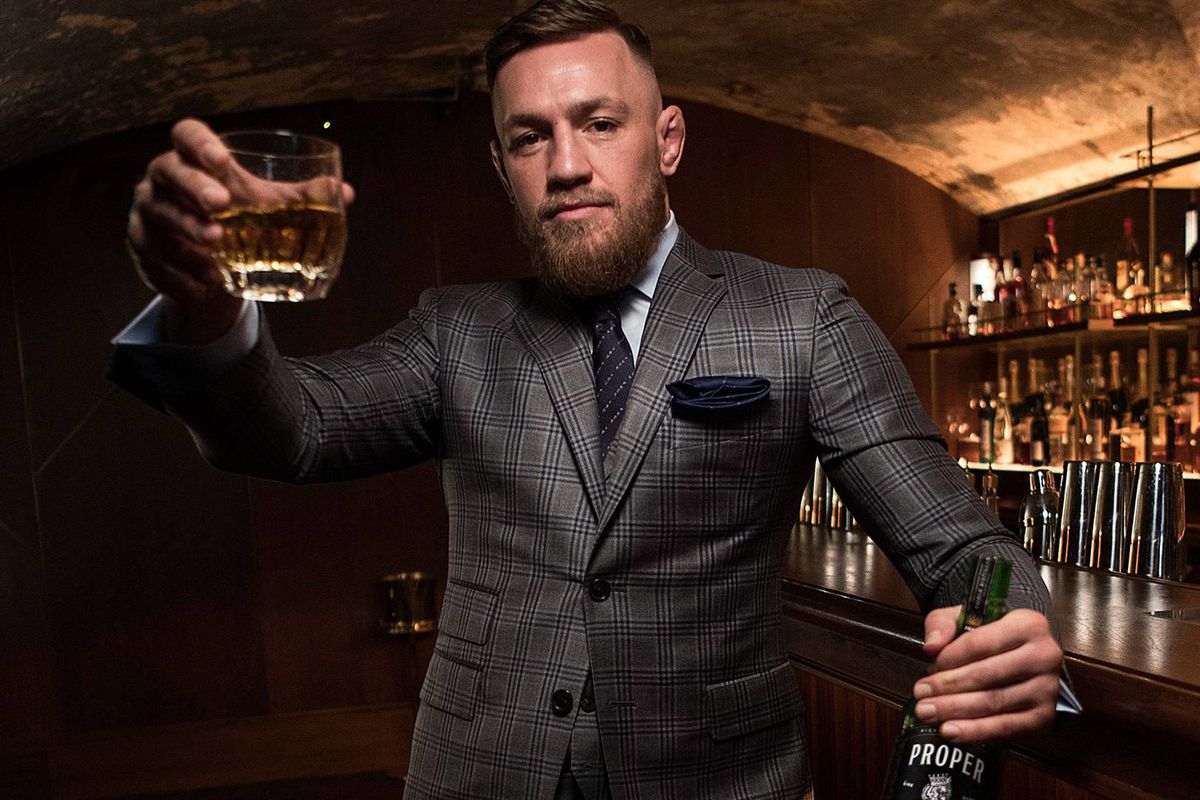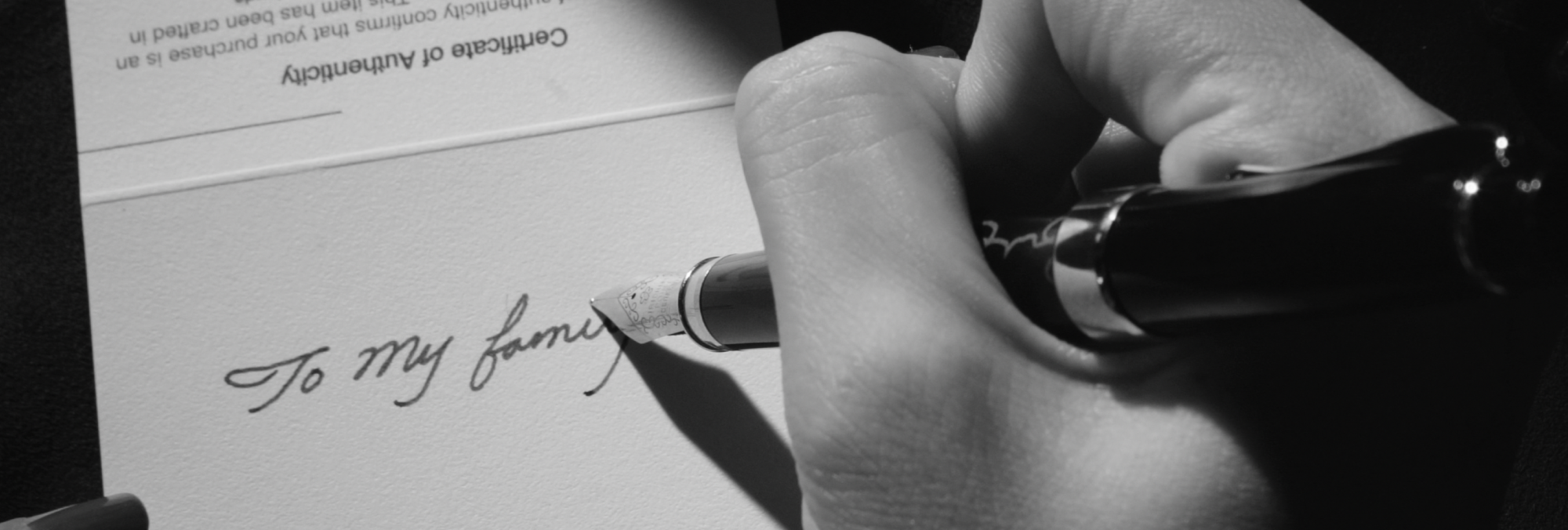After seeing the report, I got excited and did a bunch more research about it, which I’ll share with you all now.

2016 Auction in the United Kingdom
Whiskey isn’t the first thing people picture when they think of investing. But that’s quickly changing. Just look at some of the values from a whiskey auction a few years ago in the UK. The highest-priced bottle of the day was a 50-year-old bottle of Yamazaki whiskey that sold for £62,600. The second-highest price of the day was for a 64-year-old 1937 Glenfiddich single malt whiskey. It sold for £55,000 – for one bottle!
It’s clear that the rare whiskey auction market has matured. In the United Kingdom alone, the value of collectible Scotch bottles sold at auctions broke a record high of £11.18 million ($14.34 million) just in the first half of 2017. That’s a rise of 94 percent from the first half of 2016. That kind of increase in value in such a short period of time is rare. When you see an increase like that in the financial world, you pay attention.

A New Financial Hedging Asset
Whiskey, as an untraditional asset, is a good tool to hedge your financial investment portfolio. This is especially true during a period of high inflation. It’s safer than stocks, partly because it’s a tangible commodity, so it’s not as susceptible to the financial powers that be.
Lately, the return on whiskey investment is 143%. That’s even better than for precious metals like gold (at a 48% return) and silver (at a 55% return). And Bloomberg says it’s still on the rise. The time to look into getting into the whiskey investment world is now.
Why It’s Growing Steadily
All over the globe, the world of whiskey is experiencing a boom in interest right now – something most distilleries didn’t anticipate. Thanks to that, the whiskey market has a shortage of stocks and raw alcohol. The mismatch of supply and demand is causing a boom in the value of the whiskey that’s currently available. It won’t last forever, but it’s an interesting trend while it lasts.

It also helps that compared to fine wine, it’s much easier to store whiskey. You don’t have to worry about oxidation or aging.
There are also external financial forces at playmaking whiskey such an attractive investment fund. There have been more and more whiskey private equity investment funds set up all around the world. Thanks to emerging markets – particularly like in the Middle East, Asia, and Russia – there’s been a sharp increase in the demand for whiskey. This is especially true for high-end and mid-end drinks, much like the high-value bottles I mentioned at that UK auction previously. People all over the world want whiskey more than ever before, and they’re willing to pay top dollar for it.
Reminders For New Investors
If you’re new to the whiskey game, welcome! But be sure to do some research before you jump in with both feet. Don’t worry, I have some guidelines for you.
Don’t blindly invest.
Don’t just walk out on the street and buy a bottle of Jack Daniels. You can’t expect that to have any return on your investment. If you’re interested in the whiskey investment world, that probably means you’re a whiskey fan, like me. If that’s the case, then do some research. It should be fun – it is whiskey we’re talking about, after all.
Pick well-known distilleries.
Don’t go with an unknown brand you’ve never seen or heard of before. That can be fun to try with friends after a long day at the office, but that’s not what our goal is here – it’s to make money off this purchase. So pick a reputable distillery that produces a quality product that people with deep pockets are likely to want. Get an idea of the bottle’s future value before you buy it. One good route is to choose scarce whiskeys. Or, pick your favorite.
Hey, it’s supposed to be fun, right? If you see one of your go-to whiskeys or a favorite distillery is releasing a batch that’s likely to be valuable, it might be worth taking that chance.Avoid overly expensive or overheated whiskeys.
Just because a bottle of whiskey has a high price tag doesn’t mean it’s worth it. Anyone who’s ever opened a bottle of expensive whiskey only to be disappointed by the flavor knows that. The principle here is the same. If it seems like whiskey is overvalued, it probably is. Steer clear.
When in doubt, go for single cask (barrel) whiskey.
Historically this is the most valuable whiskey for investment purposes. It’s the most likely variety to have a solid return on your investment.
Suggested Brands
Talisker 30 Year Old Natural Cask Strength (currently $530.22 per bottle)
This Talisker varietal from Scotland is a single malt with a fruity and smoke-forward flavor profile. Perhaps more importantly for our purposes, it’s also highly rated, at 91 out of 100. This bodes well for its quality and reputation in the industry and provides you with a good chance of a worthwhile return on your investment.
Laphroaig Original Cask Strength, Green Stripe (currently $694.70 per bottle)
Another Scottish whiskey, this Laphroaig has strong peat and fruit notes. One of its top terms on the flavor profile is “amazing,” which probably tells you what you need to know about whether or not people like it and think it’s worth drinking (and spending money on). Like the Talisker, it also has a high rating, at 91 out of 100. Again, this reputation improves your chances of benefiting from the investment down the line.
Macallan 10-Year-Old Cask Strength (currently $400.06 per bottle)
You don’t get better reputation-wise in the world of whiskey than Macallan. This is probably my favorite recommendation of the whole batch. Its flavor profile varies quite a bit from the other recommendations; it has heavy sherry flavor beats as well as sultanas and spice.
One benefit to this is that by diversifying which flavor profiles you buy in your investment whiskeys, you help future-proof your selection. Like with fashion, whiskey flavors go in and out of style. While everyone might be obsessed with peat-heavy whiskeys one year, the next might be a year for fruity whiskeys. Yes, personal preference is a factor. But trends in flavor profiles shouldn’t be ignored. Diversify your selection.

Final Thoughts
As an investment banker and a lover of whiskey, the broadening of the world of whiskey investment (combining two things I love) is very exciting to me. And it should be exciting to you, too. I know not everyone finds finance to be as fascinating as I do. But the love of fine drinks is universal. The whiskey investment world injects an investment portfolio with a bit of interest – it’s something unusual that sets you apart from your friends’ and peers’ investment portfolio. Who doesn’t want to be the guy who turned a huge profit on a delicious product?
I highly recommend taking a look at your own investment portfolio and seeing if there’s room for a whiskey investment. And if you end up with stellar returns on your initial investment, you already know what drink to pour to toast your first windfall.



